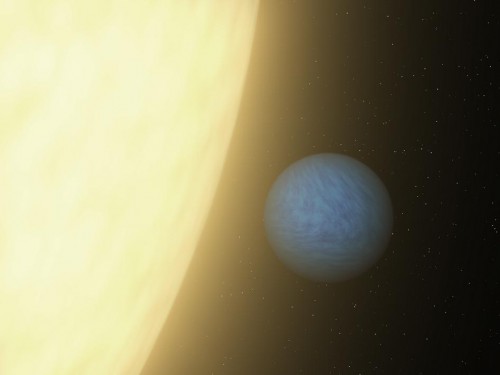
Some of the most interesting exoplanets discovered so far are the “super-Earths,” rocky worlds which are significantly larger and more massive than Earth but still smaller than the ice giants such as Uranus or Neptune. Since they are not present in our own Solar System, their existence elsewhere can provide valuable information about planetary formation processes around other stars. One of the most significant aspects of this is the detection of water vapor in the atmospheres of these or other exoplanets, as this can help astronomers determine which super-Earths, or other exoplanets, may also have liquid water and be potentially habitable.
As it turns out, with current technology, it is easier to find water vapor in the atmospheres of hot super-Earths than it is in cooler ones. On hot super-Earths, water is more likely to be in the form of vapor in the atmosphere rather than liquid on the surface of the planet. By studying these hot worlds, however, scientists can find clues as to how much liquid water might be possible on cooler super-Earths. The super-Earths already found so far seem to come in a rather wide variety, from planets cloaked in dense, steamy atmospheres to rocky worlds covered completely by a global ocean.
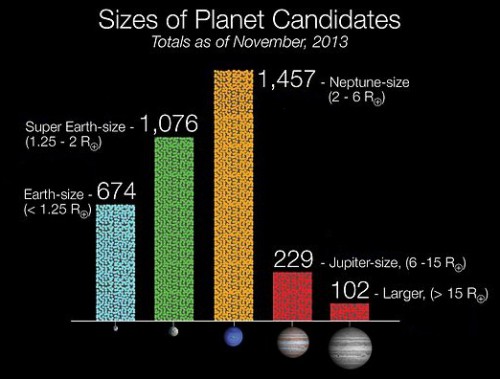
As told to Astrobiology Magazine, “We are interested in knowing how much water there is on super-Earths regardless of the phase – liquid or vapor,” said Nikku Madhusudhan of the University of Cambridge and lead author of the new paper in a special exoplanet edition of the International Journal of Astrobiology.
The big question, of course, is how the discovery of water, in any form, might relate to a planet’s possible habitability. Exoplanets with liquid water would be the most exciting—any place on Earth where there is water, there is life. Of course, it is still unknown whether that holds true for other alien worlds as well, but it increases the chances significantly according to our current understanding of how life originated and evolved here.
It is, however, also important to know what kind of atmospheres these mega-Earths have. Studying the mass and radius of a planet can help astronomers determine the type of atmosphere it has. In our own Solar System, rocky planets can have very different atmospheres, ranging from Earth’s water-rich atmosphere to Venus’ extremely hot atmosphere full of carbon dioxide and sulphuric acid to the incredibly thin atmosphere of Mars.
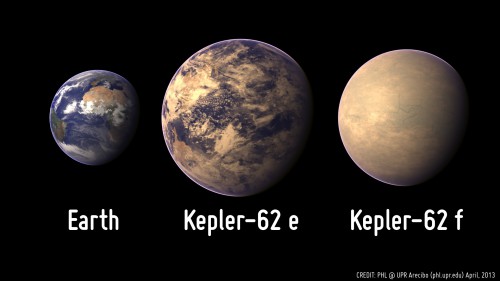
So how can astronomers figure what kind of atmosphere a super-Earth exoplanet has, and how potentially habitable it may be? The mass and radius of a planet can provide the first clues. For example, a planet with a larger-than-expected radius for a world with lots of water, probably has an atmosphere with a composition lighter than water vapor. Temperature is also a key factor. Venus, for example, lies at the edge of the habitable zone in our Solar System, but its searing temperatures under a thick, choking carbon dioxide atmosphere make life there extremely unlikely.
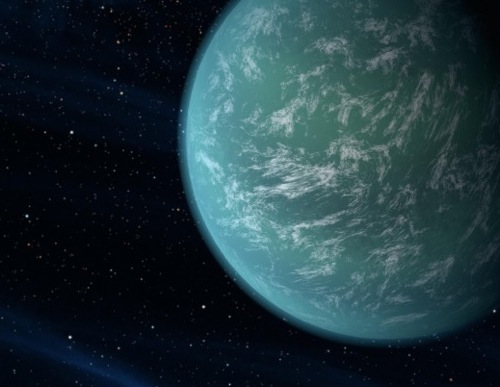
Hot super-Earths are also easier to study because of how the high temperatures affect cloud formation. At very high temperatures, clouds would tend to form out of iron or silicates instead of water. These clouds would likely stay closer to the ground, meaning that more of the spectra of the atmosphere could pass through, making it easier to analyze. Of course, the closer a super-Earth is to our Solar System, the easier it may be to study its composition including its atmosphere.
As of now, there are just two super-Earths which are considered ideal for observation of their atmospheres: 55 Cancri e and HD 97658 b. Both are hot super-Earths, orbiting very close to their stars. 55 Cancri e has a temperature of over 3,100 ˚F (1,700 ˚C) and HD 97658 b has a temperature of about 1,100 ˚F (630 ˚C).
As Madhusudhan noted, “Clearly, 55 Cancri e is the ideal candidate at the moment.”
At present, it is also still easier to analyze the atmospheres of larger gas giant-type exoplanets given their huge size. Smaller super-Earths are more difficult, but progress is being made in being able to study the composition of their atmospheres as well. Even from what we already know about them, super-Earths can also have a wide range of atmospheres, which can greatly affect the potential habitability of those worlds. It is also easier to detect the atmosphere of a warmer planet than a cooler one, which is why the first exoplanet atmospheres currently being examined are those of “hot-Jupiters,” massive planets orbiting close to their stars.
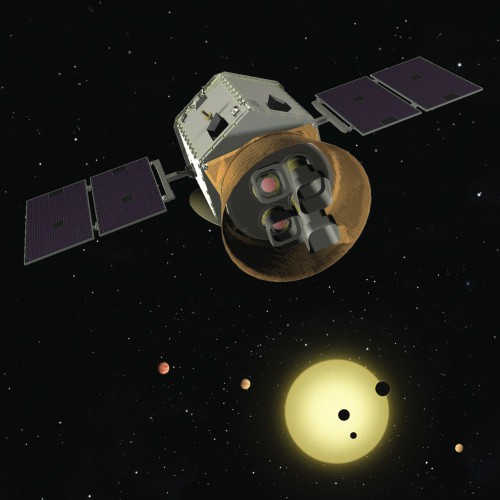
Today’s space and ground-based telescopes can’t yet analyze the atmospheres of super-Earth or smaller planets, but the next upcoming ones, such as the James Webb Space Telescope, should be able to, at least to a limited degree. It is still not an easy task, given that these planets are so far away and much smaller than their host stars.
Other telescopes, like the Transiting Exoplanet Survey Satellite (TESS), the Characterising ExOPlanet Satellite (CHEOPS) and the PLAnetary Transits and Oscillations of stars (PLATO) are expected to discover hundreds more super-Earths, including ones in the habitable zones of their stars.
This next generation of space- and ground-based telescopes will also be able to study their compositions and atmospheres, including looking for possible biosignatures such as methane or oxygen. Those telescopes will also be capable of discovering many more of these worlds, which data from Kepler and other current telescopes suggests number in the millions in our galaxy alone.
The study of these super-Earths is one more big step in being able to find and learn about exoplanets which are smaller and more Earth-like, the long-held holy grail of exoplanetary science. Kepler has already shown that smaller rocky worlds similar in size to Earth are common and probably number in the millions in our galaxy alone.
Now, the preliminary evidence already for water in some exoplanet atmospheres will hopefully lead astronomers to the discovery of true alien water worlds, perhaps even inhabited ones.
The abstract for the new paper is available here.
Want to keep up-to-date with all things space? Be sure to “Like” AmericaSpace on Facebook and follow us on Twitter: @AmericaSpace




Interestingly, 55 Cancri was one of the first Sun-like stars to have planets discovered orbiting it back in April 1996. While the “super-Earth” 55 Cancri e is actually more like an extremely hot mini-Neptune than a terrestrial planet, one of its larger and more distant siblings, 55 Cancri f, orbits at the inner edge of this system’s habitable zone. 55 Cancri f is a gas giant with about half the mass of Saturn but any large moons it might have could potentially be habitable if they were large enough. The study of the atmosphere of 55 Cancri e could have interesting implications for the presence of water elsewhere in this system.
http://www.drewexmachina.com/2014/05/07/habitable-planet-reality-check-55-cancri-f/